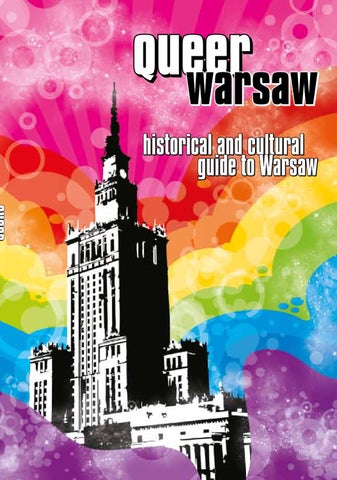
“‘Gay Halloween’ Meme Becomes a Staple in Queer Culture”

**The Rise of “Gay Halloween” and its Celebration of Queer Creativity**
Halloween has long been a space for self-expression through costume, where individuals can transcend traditional norms of appearance, gender, and identity. However, a trend that has taken over social media, namely “Gay Halloween,” has carved out a more specific and creatively subversive space within this celebration: a queer, camp-infused world awash with playful commentary and hyper-specific pop-culture references. Amidst the viral waves of everyday costume classics like witches and vampires, Gay Halloween costumes transcend conventionality, grounded in the interwoven threads of identity, culture, and shared inside jokes.
### What Exactly is “Gay Halloween”?
The phrase “I hate gay Halloween” flooded feeds on platforms like X (formerly Twitter) in late 2024 as queer individuals showcased their witty and humorous costume choices. Yet, despite the tongue-in-cheek phrasing, the trend conveys something more profound than a meme: it’s about cleverly challenging societal norms and finding humor and imagination in queer existence. Social media posts often feature creative costumes, followed by various captions like “I hate gay Halloween, what do you mean you’re dressed as the passenger seat from Chappell Roan’s song ‘Casual’?” or the tennis ball from Zendaya’s film *Challengers.*
At first glance, these costumes appear amusingly niche, rooted in obscure scenes from pop culture or collective subconscious moments. However, Gay Halloween reflects more than costume creativity—it presents a freedom of queer expression, escapes from literal interpretation, and a nod to the way the LGBTQ+ community has always used humor, performance, and certain nuances as mechanisms for resistance and visibility. Gone are the everyday Disney princesses and “sexy” versions of iconic characters. In their place? Clever, hyper-self-aware outfits that draw from niche, culturally significant moments.
### Where Did “Gay Halloween” Originate?
The origins of this trend are elusive, much like the sublime nature of queer art forms that exist at the fringe of mainstream culture. What is certain, however, is the inherent connection between queerness and the reclamation of space—both physical and conceptual. LGBTQ+ identifiers have long used symbols, fashion, and performance for signaling, surviving, and thriving as “outsiders.”
In contemporary discussions on queer theory, like Jack Halberstam’s *The Queer Art of Failure* (2011), the rationale for this trend becomes clearer. Halberstam argues that failure, or the rejection of dominant success narratives, is often a site where subversive queer identities flourish. Gay Halloween costumes are not simply random or nonsensical but instead offer interpretations that run counter to the mainstream, pushing boundaries and exploring overlooked cultural references.
Many participants in Gay Halloween combine a deep knowledge of cultural detritus—those fleeting moments or obscure pop-culture scenes—and translate them into standout costumes. For example, Hyperallergic co-founders Hrag Vartanian and Veken Gueyikian adorned a couple’s costume recreating a 1966 photograph of art critic Clement Greenberg examining a Kenneth Noland painting, a moment many outside art history circles would easily miss.
### Clever Costumes as Commentary
These outfits are constructed to spark recognition and delight among those who are “in the know”—a phenomenon that could only happen at a “gay Halloween party,” speakers of the trend humorously assert. Take, for example, costumes inspired by the prize-posing tennis ball from *Challengers* or the “Hooker” toy character from *Toy Story*. These costumes are more than just random; they are symbolic nods to shared experiences, sly commentary on queerness, or exaggerated kitsch.
What many love about queer expression during Halloween is how it stretches the bounds of existing references, twisting them into something entirely original. Motti, a transgender comedian and a viral Gay Halloween star, dressed as the *passenger seat* from a sexually charged song by Chappell Roan, while their partner donned a costume as Roan herself. When asked about the sense behind this viral ensemble, they replied that it feels like being “in on an inside joke,” one that taps into foundational experiences within the queer community.
“It’s an inside joke, which is what being queer feels like … like thousands or millions of people being in on the same joke,” Motti explained. They rejected the categorization of their duo as a “meme,” leaning more into it being a “work of ingenuity.” It’s a testament to the community’s ability to find humor, beauty, and significance in even the smallest cultural cues.
### Beyond Humor: Representation and Commentary
While Gay Halloween’s rise in popularity cleverly plays on humor, it also taps into the distinct challenges LGBTQ+ individuals face. Motti remarks, “Gay people are chronically online, because what real-life spaces are you really giving us?” This insight hints at the larger context of the alienation